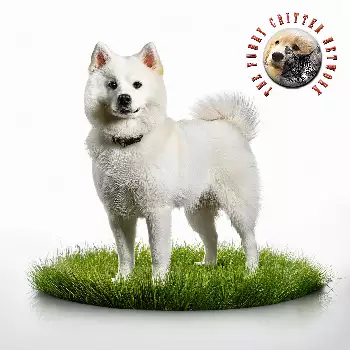The Kishu Inu's integration into family life creates unique dynamics that reflect their historical role as hunting partners and their deep capacity for human bonding. Understanding these patterns helps families maximize the rewards of Kishu ownership while addressing potential challenges proactively.
Within the family structure, Kishu Inu typically establish clear preferences and hierarchies based on interaction quality and consistency rather than simple authority. They often form strongest bonds with family members who provide training, exercise, and meaningful interaction. This doesn't indicate favoritism as much as recognition of leadership and partnership quality.
Their relationship with children requires careful consideration and management. Well-socialized Kishu Inu often develop protective, gentle relationships with children in their family while maintaining appropriate boundaries. However, their size, strength, and natural protective instincts mean supervision remains important, particularly with visiting children who may not understand the dog's signals or boundaries.
The breed's independence creates interesting family dynamics around attention-seeking and neediness. Unlike many companion breeds that constantly seek interaction, Kishu Inu often appear content to simply be near family members without demanding active engagement. This quality makes them excellent companions for people who appreciate devoted but non-demanding pets.
However, this independence should not be mistaken for emotional detachment. Kishu Inu form profound emotional connections with their families, often displaying separation anxiety when left alone for extended periods. Their distress may manifest as destructive behavior, escape attempts, or excessive vocalization when isolated from their chosen people.
Multi-dog households present both opportunities and challenges with Kishu Inu. Their natural social structure awareness makes them generally capable of living peacefully with other dogs, provided proper introductions and management. However, their protective instincts and territorial nature require careful supervision during initial integration periods.
Resource guarding behaviors may emerge in multi-pet households, particularly around high-value items like food, toys, or favorite resting spots. Early training and management help prevent these issues from escalating, but families should understand that some level of resource awareness is natural for this breed.
The breed's protective nature extends to defending family members from perceived threats, which can create challenges during normal social interactions. Kishu Inu may intervene if they interpret rough play between family members as conflict or become concerned about visitors who raise their voices or make sudden movements. Training and socialization help dogs learn to differentiate between genuine threats and normal human behavior.
Exercise needs significantly impact family dynamics, as under-exercised Kishu Inu may develop behavioral problems that strain family relationships. Their high energy levels and intelligence require substantial physical and mental stimulation daily. Families must commit to providing adequate outlets for their dog's natural drives or risk frustration-based behavioral issues.
Household routines become particularly important for Kishu Inu, who often develop strong preferences for predictable schedules. They typically adapt well to consistent daily patterns but may show stress responses to sudden changes in routine or family structure. During transitions like moves, new family members, or schedule changes, extra attention to the dog's comfort and security helps maintain stable family dynamics.
The breed's problem-solving abilities can create amusing family dynamics as dogs learn to manipulate situations to their advantage. Many families discover their Kishu has learned to use family members' different rules or weaknesses to access forbidden areas, obtain extra treats, or avoid unwanted activities. Consistency across all family members becomes crucial for effective management.
Guest interactions require family management, as Kishu Inu's natural reserve with strangers may make visitors feel unwelcome if not properly handled. Families learn to provide appropriate introductions and may need to manage their dog's positioning during social gatherings to ensure everyone feels comfortable.
The deep loyalty these dogs develop often results in them becoming central family members whose needs and preferences influence household decisions. Many Kishu families find themselves planning activities around their dog's needs and enjoying outdoor adventures they might not otherwise pursue, ultimately strengthening family bonds through shared activities with their canine member.

